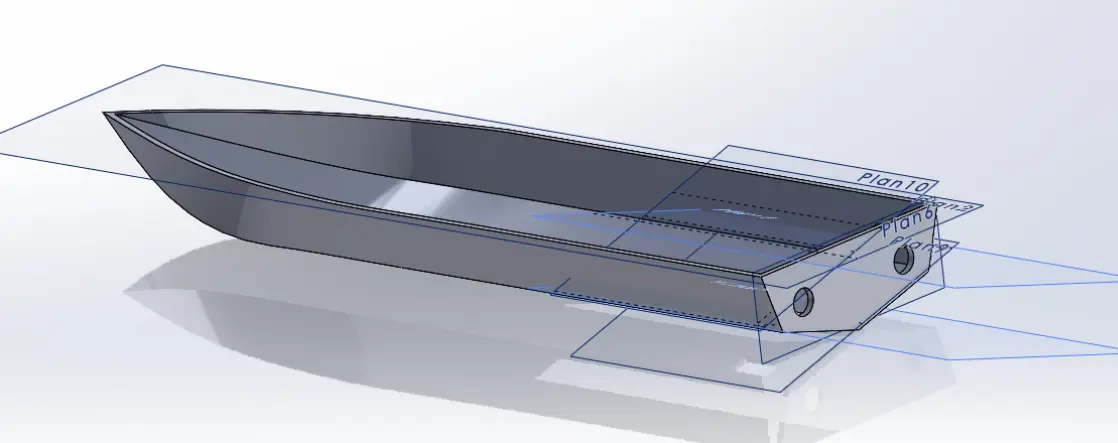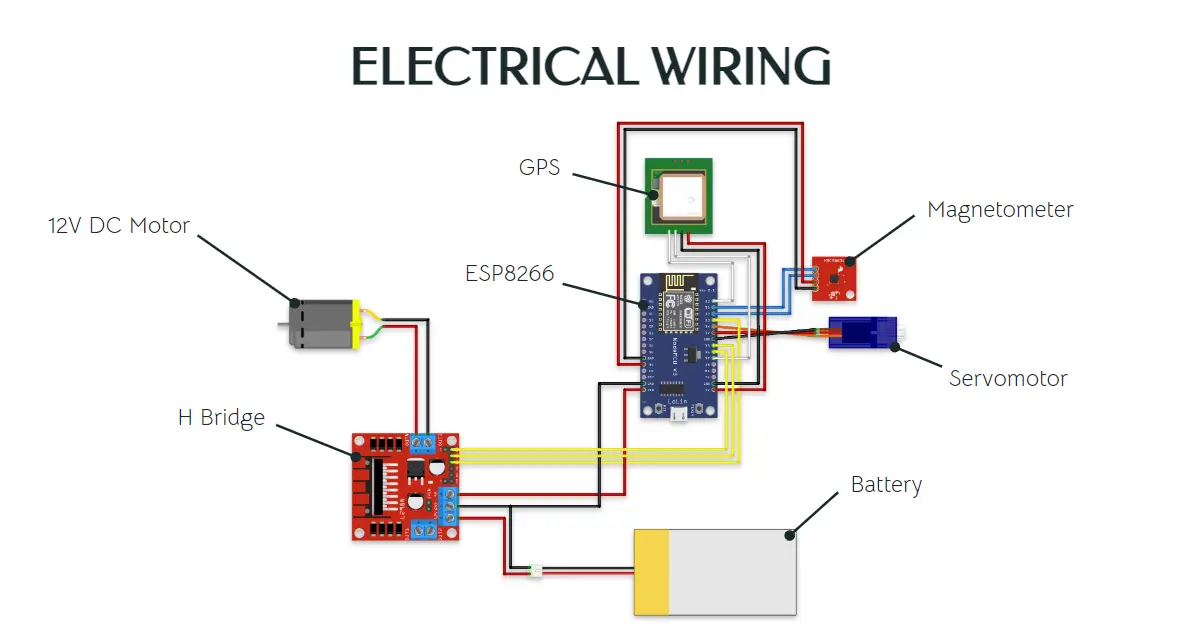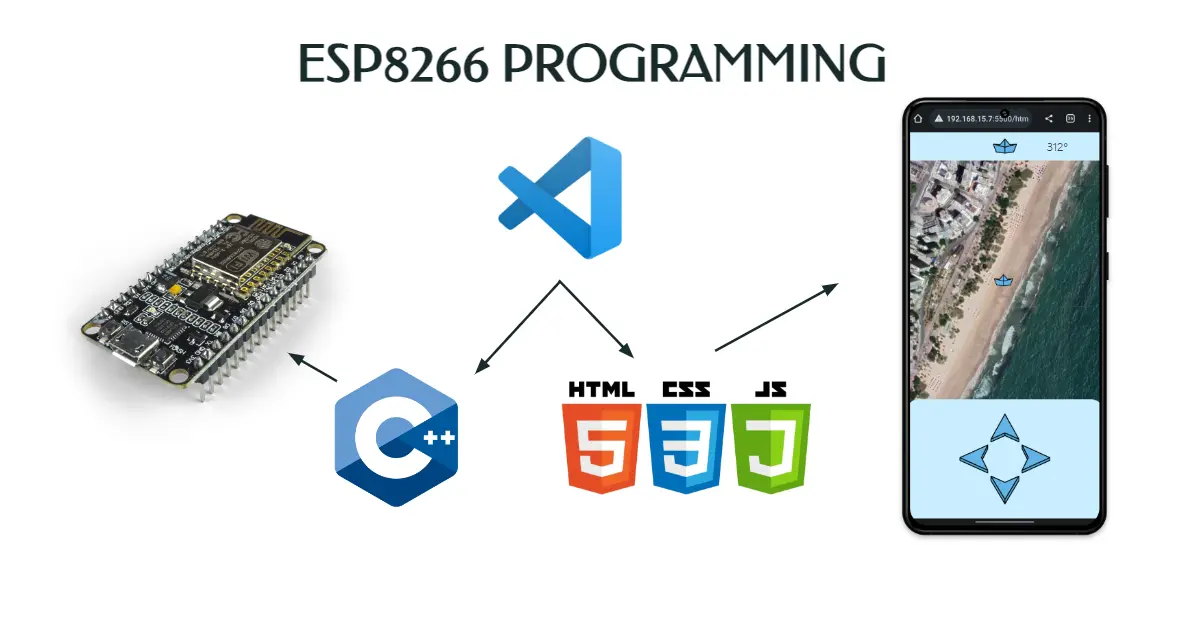RC Boat
Our boat project was a year-long endeavor, split into two distinct phases, each presenting its own set of challenges and learning curves.
First Semester
The initial semester was dedicated to the theoretical aspects of the project. Working in a team of five, we delved into the intricacies of design and engineering. We spent hours using CAD software to design the boat's hull and components, ensuring they met the specifications of being remote-controlled, less than 70cm in length, and powered by a 12V DC motor. Battery sizing was a critical task; we had to calculate the power needs accurately to select the right one. Our days were filled with experiments in propulsion and buoyancy, testing different materials and methods to make sure our boat would not only float but also move efficiently. Throughout this phase, we kept our professor, who played the role of our client, informed with weekly reports on our progress and decisions, refining our approach based on feedback.

Second Semester
The second semester brought a new environment and team, as we moved to Brazil. This change simulated the real-world scenario of transitioning between projects or companies. The first week was spent reviewing the work of the previous semester's team. We questioned their technical choices, leading to significant changes. For instance, we found the Arduino Uno with RF communication lacked the range we needed, so I made the decision to switch to an ESP8266, which allowed us to control the boat through a custom-built webserver over WiFi. This system was powered by a 12V LiPo battery, with an L298N H-Bridge serving dual purposes: motor control and stepping down the voltage to 5V for the ESP8266.

The practical phase was where theory met reality. While the hull was already constructed, preventing me from working with composites, I focused on the electronics and software. I developed the webserver, aiming for a simple yet effective interface. Users could navigate the boat using four directional arrows, controlling its movement through a servo-driven rudder. We integrated a magnetometer to show the boat's heading on the screen and a GPS module for real-time tracking, which I displayed on a map using the Google Maps API.

Challenges and Innovations
Switching to the ESP32 was a pivotal decision that not only solved our communication range issues but also opened up possibilities for more complex control systems. The user interface was another challenge; I wanted it to be intuitive enough for anyone to operate, not just those familiar with technology.
Take a look



